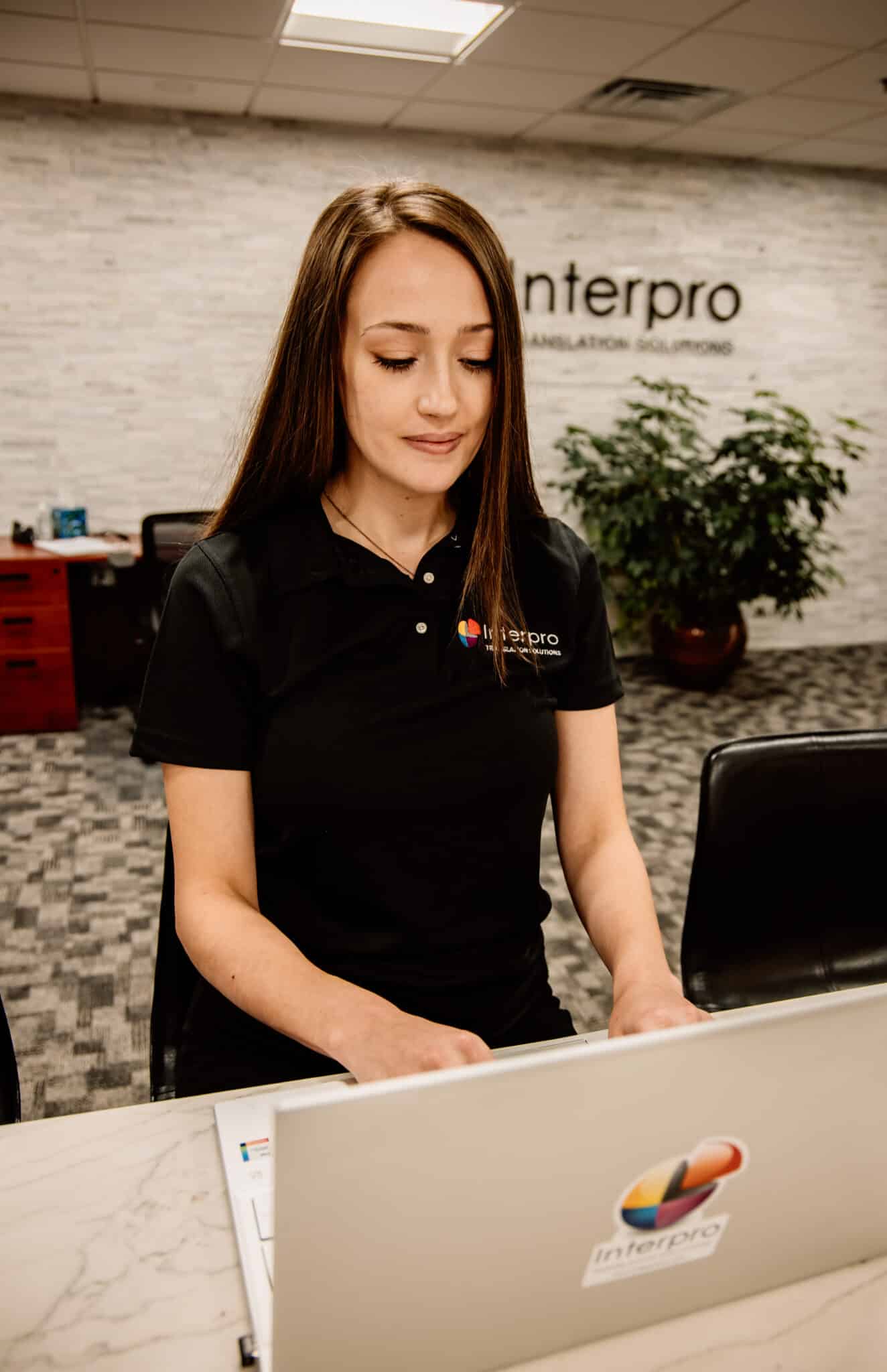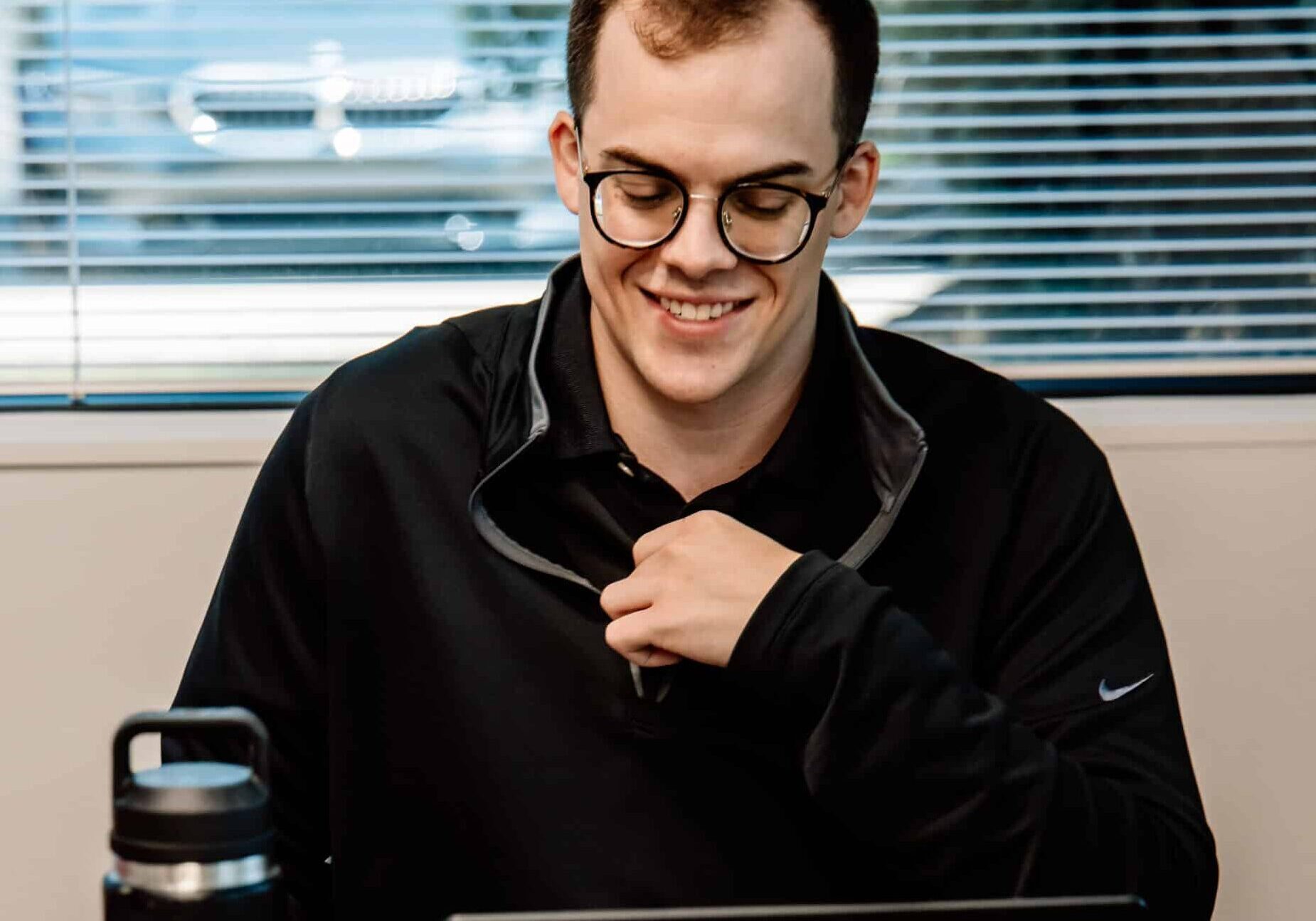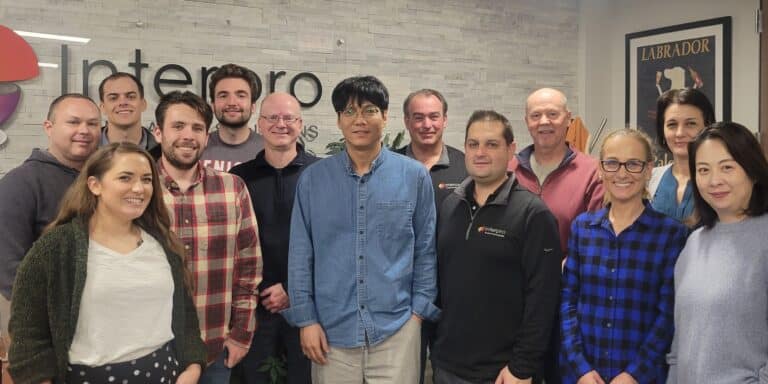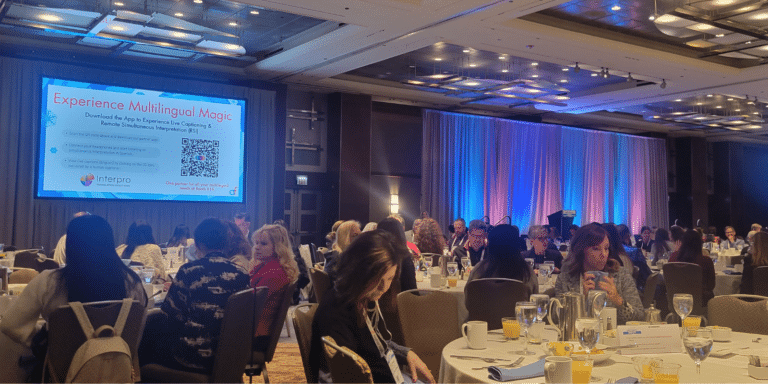Expert Solutions
Video Translation
Get seamless video localization solutions tailored to your platform. Our team handles everything to ensure you receive a turnkey experience with accurately localized videos.
Video Translation Services
Professional Video Translation Services
Make your video content accessible to a worldwide audience. Interpro’s video translation services help you localize marketing, training, and instructional videos, ensuring effective communication in multiple languages.
Regardless of subject matter or file format, Interpro has a long and successful track record of localizing video, customized to each client’s unique requirements. Whether your project involves video localization with simple audio recording, or a complete reshoot featuring native-speaking voice talent filming in-studio with a green screen, Interpro will make it happen. Understanding that each client and project are a bit different, Interpro will walk you through the entire process and deliver solutions that will meet your objectives and fit your budget.
Our video translation services include:
- Professional voice-over recording with native speakers
- AI enhanced voice-over solutions
- On-screen text replacement and adaptation
- Burned-in captions or hardcoded subtitles for multilingual accessibility
- Transcription and script translation
- Synchronization of audio, text, and visuals
- Dubbing with lip-sync or time-sync options


Voice Over, Captions, & Subtitles
Video Localization Process
A Personalized Process
We have the flexibility to customize our process to accommodate your unique requirements.
Enhance Brand Reach
Localized videos help establish a strong international presence and brand consistency.
Learning & Retention
Enhance understanding and information retention by providing localized video within your eLearning courses and presenter materials.


Why Interpro?
Why Choose Interpro for Video Translation?
- ISO-Certified Quality: Delivered in accordance with ISO 9001:2015 and 17100:2015 standards.
- Comprehensive Solutions: Subtitle translation, voice-over, closed captions, on-screen text adaptation, and more.
- Native-Speaking Talent: Professional voice-over artists ensure clarity and authenticity.
- Seamless Integration: We work with Adobe Premiere Pro, Adobe After Effects, Vyond, Final Cut Pro, and more.
Expertise Across Video Platforms
We work with leading video editing and production tools, including:
-
- Adobe After Effects
- Adobe Premiere Pro
- Vyond
- Final Cut Pro
- QuickTime
- Synthesia
Case Studies
Explore Our Video Translation Success Stories
Real-world examples of our impactful translations

Armstrong International
Discover how Interpro empowers global manufacturing companies through translation and localization.

Corporation for Supportive Housing
Discover how Interpro supports education and learner retention through translation and localization of training materials.

d’Vinci Interactive
Learn how Interpro can support eLearning course developers in various authoring tools to translate their clients’ courses.

RISE Partnership | Carewell
Learn how Interpro can support all of an organization’s localization needs for documents, videos, websites, trainings, and more.

SEIU 775 Benefits Group
Learn how Interpro can be a full-service language department for regular collaboration and project management support.

ACP Decisions
“They have helped us improve our foreign language offerings so that non-English speaking patients can also play a more active role in shared medical decision making.”
Aretha Delight Davis
Executive Director
Video Translation FAQs
Find answers to your most pressing questions about our video translation and localization services. Make your videos accessible to a global audience with expert translation services.
Timelines vary based on video length, complexity, and languages needed. Contact us for an estimate.
The turnaround time for video translation varies based on length, language pair, number of deliverables, and whether you're using subtitles, voiceover, or full dubbing. A short recording with video overlay might take 3–5 business days, while a multi-language video project with voiceover and screen text localization may require a few weeks.
We work with most major video and subtitle formats.
An engineer will review your files and create a personalized translation process that supports your specific localization requirements.
Our engineering team has experience with:
- Video Files: MP4, MOV, AVI, WMV, MKV
- Subtitle Files: SRT, VTT, SUB, TTML
- Audio Files for Voiceover: WAV, MP3, AIFF
Yes! We specialize in eLearning and instructional video translation.
Whether you’re localizing employee onboarding modules, compliance videos, or product tutorials, Interpro localizes subtitling, voice-over, on-screen text and graphics, adjusts script timing, syncs audio with speaker tone, and delivers fully translated videos or source files ready for use.
We specialize in managing multilingual projects efficiently and at scale.
At Interpro, we translate into multiple languages simultaneously using a coordinated, parallel workflow. Our in-country linguists work simultaneously across all target languages, while your dedicated project manager oversees timeliness, consistency, and communication. Whether you're localizing into two languages or twenty, we have the process to work efficiently and deliver on schedule.
We offer both depending on your goals, budget, and content type.
At Interpro, we provide professional human voiceovers for projects that require natural tone, emotional nuance, and precise pronunciation—ideal for training, marketing, and customer-facing content. For projects with tight timelines or lower complexity, we also offer AI-generated voiceovers using advanced technology in multiple languages and voice styles.
Not sure which option is right for you? We’ll help you choose the best fit based on quality expectations, turnaround time, and budget.
Put the best language translation company to work for you
Ready to see how our solutions can drive exceptional ROI for your language translation needs?
Schedule a free consultation today to discuss your specific goals and explore how we can help you achieve them.







